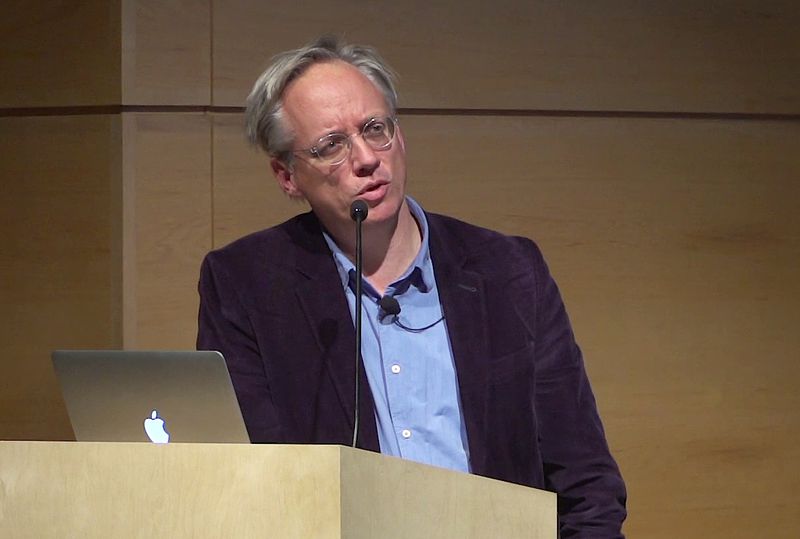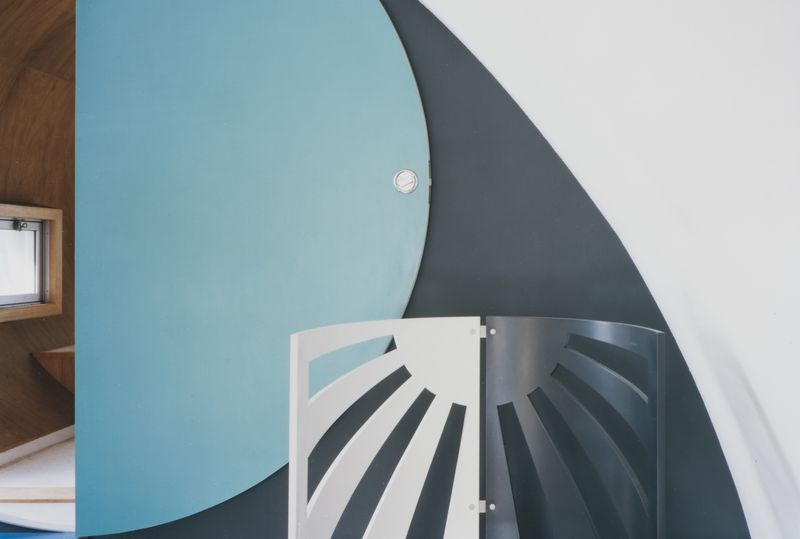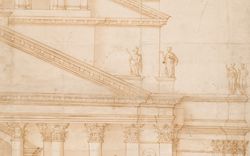The history of architecture addresses the relationships between spaces, buildings, urban geometries, and social practices—it tells us how an experience of space corresponds to an experience of the world. To this end, this lecture will analyze the sixteenth-century debate around the completion of the facade of the Basilica of San Petronio in Bologna, partially built in the Gothic style, with designs proposed by Baldassare Peruzzi, Giacomo da Vignola, Giulio Romano, and Andrea Palladio.
The What is/was history for… ? series searches for answers to the question, what role can history play in architecture practice? The CCA invites historians to reflect on the approaches to history of significant historical architects, and contemporary architects to reflect on their own approaches to history. It expands the conversation begun in the exhibition Besides, History: Go Hasegawa, Kersten Geers, David Van Severen.
Guido Beltramini is an architectural historian and a curator. He has been Director of the Centro Internazionale di Studi di Architettura Andrea Palladio in Vicenza since 1991. He is an expert of Renaissance architecture, especially of the work of Palladio and his followers, and has published widely on these subjects. He has taught or lectured at Columbia University, Harvard University, Princeton University, the Victoria and Albert Museum, the Royal College of Art, and the Universität Basel. He has curated exhibitions in Europe and North America, which are a means of further developing his study of the Renaissance and in particular of the network of relationships between artists, architects, and men of letters.
On the role of the historian, Beltramini writes:
The practice of a historian is the constant measurement of distance. History does not tell us what we are, but rather tells us something of what we are not. It casts light on the modes and structures that shaped societies and the lives of individuals in the past, and shows us that our experience of the world is just one experience—the result of thoughts, intuitions, and prejudices.








